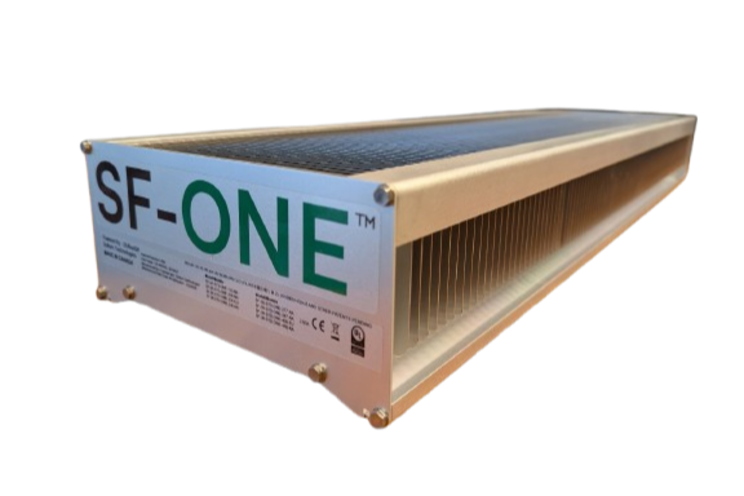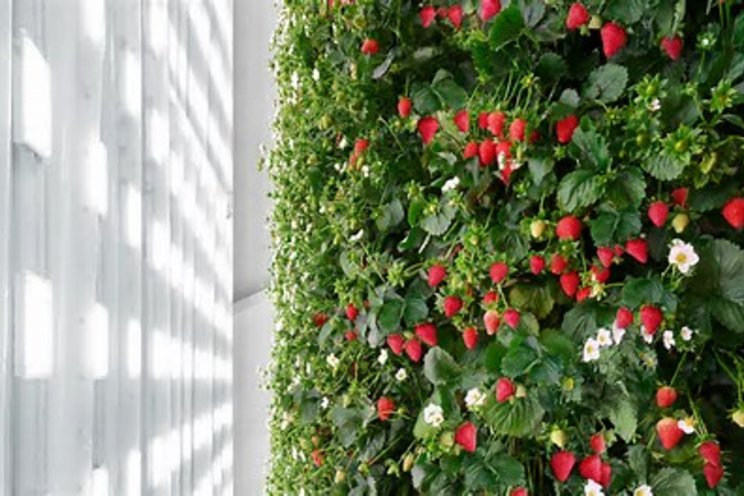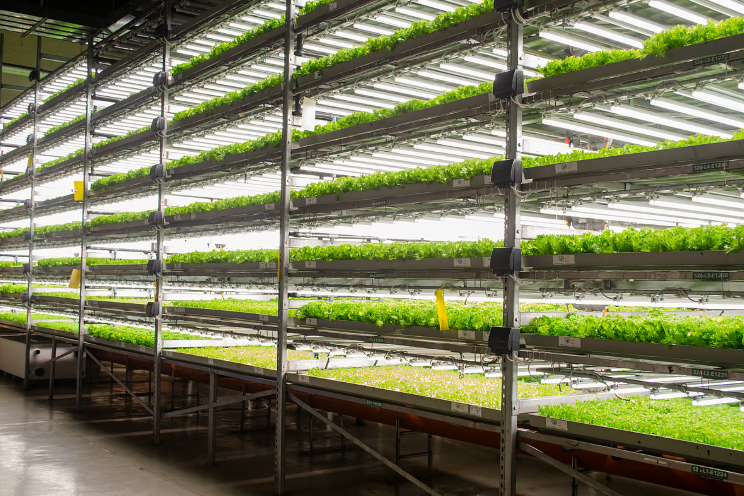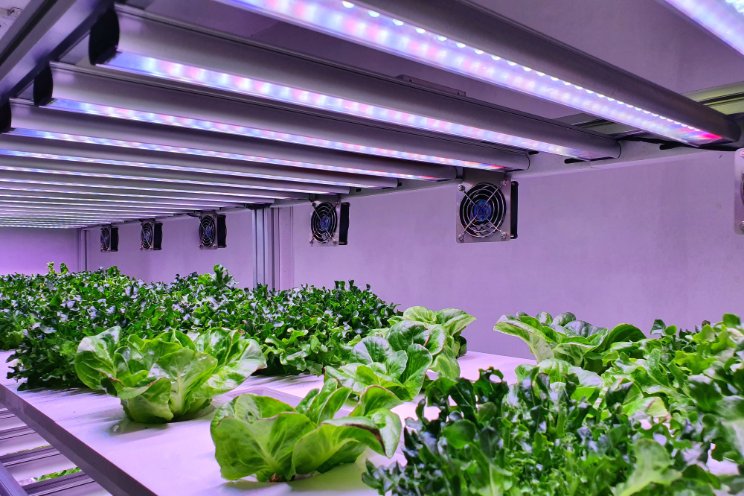Could vertical farms help fill unwanted office space?
Added on 28 November 2023
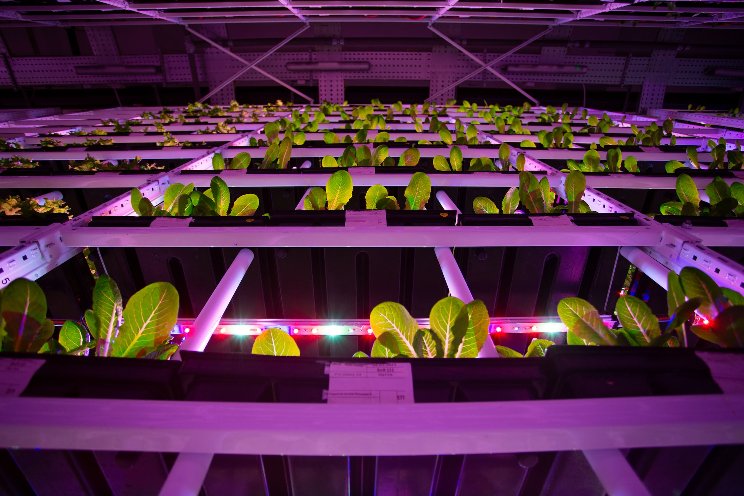
The global vertical farming industry is expected to grow to $9.7 billion by 2026, from $3.1 billion in 2021. Although a lot of attention is on these larger operations that are set up in factory spaces, many smaller vertical farms are tucked away in communities across the country.
That growth in local communities has presented an opportunity for landlords stuck with a surplus of unrented commercial space.
Empty offices are not a new problem for landlords, since the COVID-19 pandemic spurred a move to remote work across many industries. The national office vacancy rate hit 19.2% last summer, and $1.4 trillion in commercial real estate debt is looming.
Many ideas about how to fill office vacancies have been proposed, including renovating the units into housing. But as many developers have found, these housing conversions can be complicated and costly. Some are eyeing vertical farms as another solution, including D.C.-based real estate developer Brian Friedman who says they can rent less desirable units to these farms.
Photo by Petr Magera on Unsplash
More news
